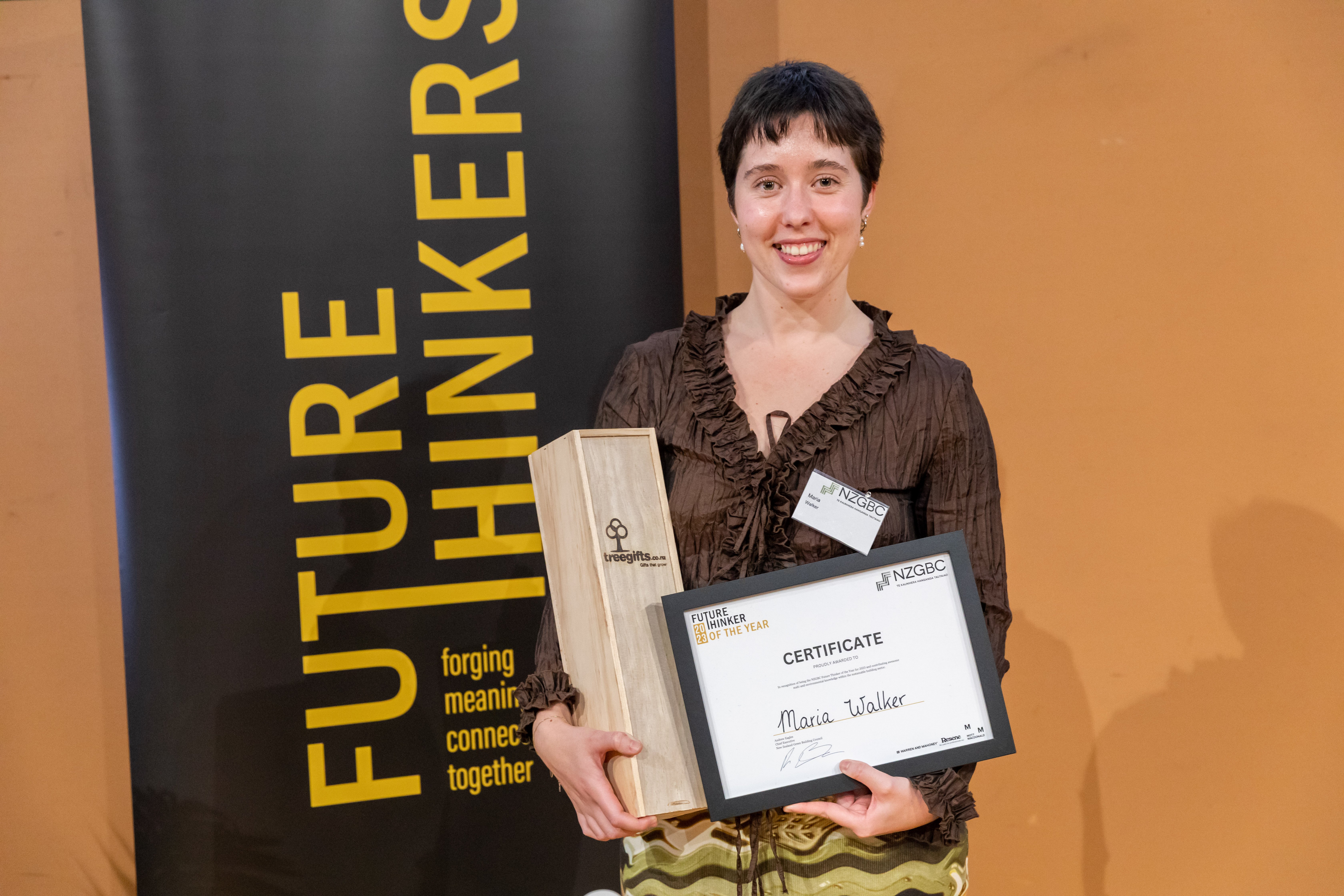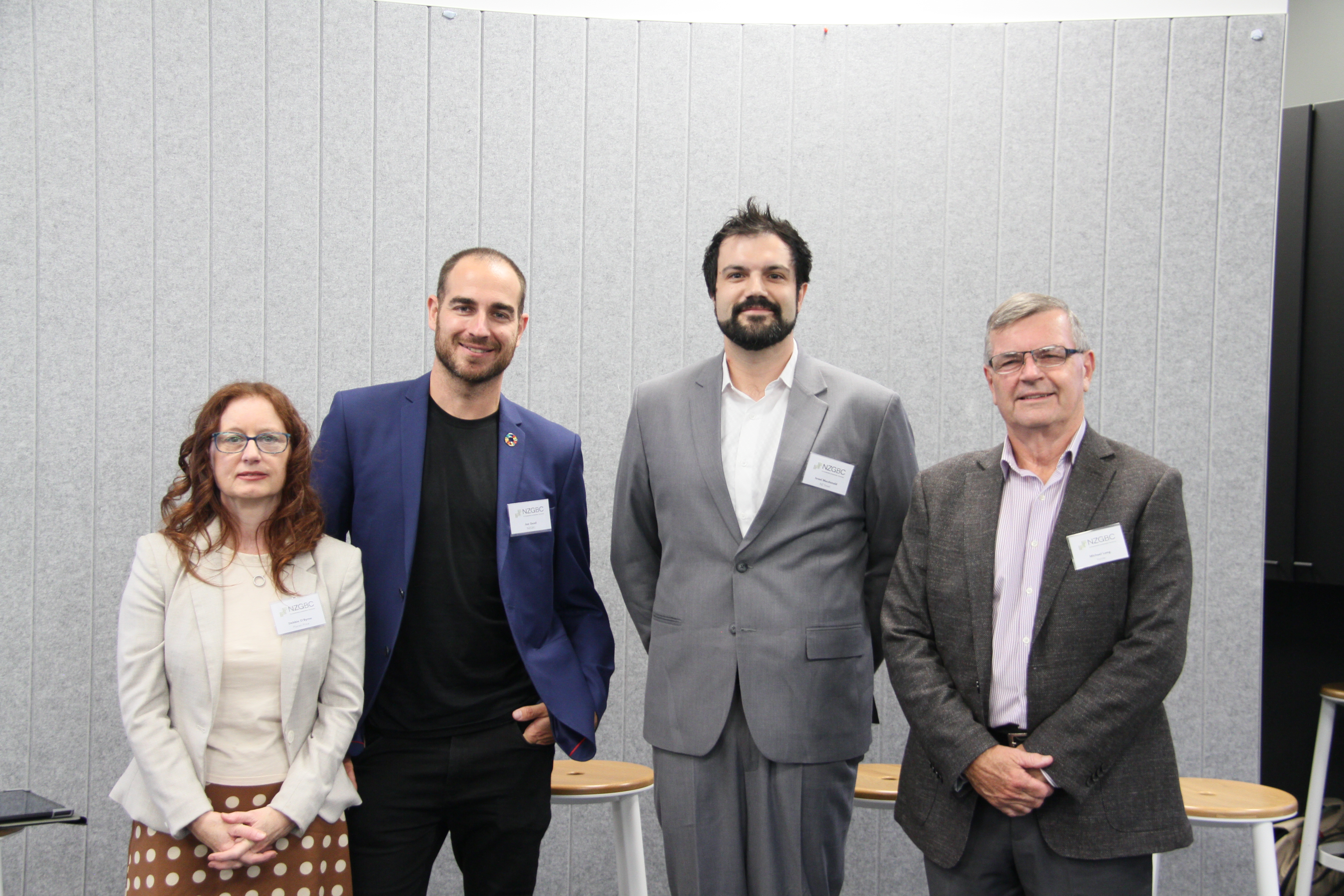Green Star Technical Clarification Rulings
Technical Clarifications for Green Star represent our answers to Technical Questions submitted by projects, and provide further guidance and reference to others. The list is regularly updated.
There are two types of Technical Clarifications listed in the table below:
General Clarifications
These are extensions to the guidance provided in the Submission Guidelines. They clarify and sometimes supersede the original Credit Criteria or
Compliance Requirements. General Clarifications set precedent for future project teams to follow. Should a project team wish to apply a general clarification to its project, there is no requirement for further Technical Questions to be submitted. NZGBC Assessors will also use them as precedents to assess submissions.
Project Specific Clarifications
These are published as references for other projects but, unlike General Clarifications, they do not set precedent. They often relate to special
situations where multiple prerequisites exist for a particular project and are less likely to reoccur to another project. Therefore, rulings set for Project Specific Clarifications are often conditional and will likely vary for other projects. Each project still needs to submit its own Technical Questions and provides evidence relating to its own building in order to have a similar ruling approved for that specific building.
Should you wish to apply any Technical Clarification for legacy rating tools to your projects, please submit a Technical Question to the NZGBC to
explain why and how it applies. You can download the Technical Question form here
| Technical Question Title | Clarification Type | Tool Version | Month Released | Credit Name | Sub-credit Name | Amendment/Approved Ruling |
|---|---|---|---|---|---|---|
| Exhaust Ventilation for Print Room | General | DABv1 | October 2019 | 9 - Indoor Air Quality | Exhaust or Elimination of Pollutants |
The exhaust ventilation flow rate for a print and/or photocopy room must be at least 5l/s/m2 AND at least 10% greater than the supply rate of air. This ensures the space is negatively pressurised and pollutants do not escape to neighbouring areas. |
| Bicycle Spaces | General | DABv1 | October 2019 | 17 - Sustainable Transport | Reduced Car Parking Provision | |
| ODP Reduction resulted in Decreased Capacity to Demonstrat Improvement | General | DABv1 | July 2021 | 19 - Life Cycle Assessment/Impacts | Life Cycle Assessment |
The NZGBC notes that the stratospheric ozone depletion potential (ODP) of many materials has decreased in response to the Montreal Protocol. As a result, the capacity to demonstrate improvement in this category has substantially decreased, impacting the total points achievable in the Life Cycle Assessment credit. The NZGBC allows project teams to now exclude the ODP impact category from the life cycle assessment. For projects using the Life Cycle Assessment Calculator, the rows for the ODP impact category can be left blank so that it is not included in the calculation of points for the credit. |
| Skylights and Atrium Luminaries | General | DABv1 | October 2019 | 26 - Light Pollution | Light Pollution |
Skylights are not considered external for the Light Pollution credit. Where luminaires are mounted within an atrium or skylight, these must be included as an external light source. |
| Building Systems | General | DABv1 | July 2021 | 2 - Commissioning and Tuning | Commissioning and Tuning |
Building systems that are part of the day to day operations of the building must be included within the scope of the credit criteria 'Building Systems Tuning' / 'Fitout Systems Tuning' / 'Project Systems Tuning' Building systems regardless of static or seasonal operational settings need to be reviewed and tuned accordingly so that they operate to their full potential and as designed, therefore meeting the aim of the credit. |
| Knowledge of Sustainable Practices | General | DABv1 | May 2021 | 7 - Responsible Construction Practices | High Quality Staff Support |
80% of all individuals that work on site for at least 3 days, representing a contractor or sub-contractor, must receive training to comply with the requirements of the Knowledge of Sustainable Practices. |
| Measuring Internal Noise | General | DABv1 | June 2021 | 10 - Acoustic Comfort | Internal Noise Levels |
The time period selected for measuring Internal Noise Level should be representative of the source as in line with the NZS2107:2016. For clarification – naturally ventilated spaces might have a longer time period then a continuously operating mechanically ventilated space. |
| Submission Guidelines Correction - Reverberation | General | DABv1 | November 2020 | 10 - Acoustic Comfort | Reverberation |
Where the submission guidelines make reference to note 3 of Table 1 AS/NZS 2107:2016, the NZGBC clarifies that this is a minor discrepancy in the submission guidelines. The reference should be made to note 1 of Table 1 AS/NZS 2107:2016. |
| Light Pollution within Campus | General | DABv1 | June 2021 | 26 - Light Pollution | Light Pollution to Neighbouring Bodies |
This is to clarify that light pollution to existing neighbouring buildings within campus may be excluded from the criteria for light pollution to neighbouring bodies. |
| Concrete Sealer as Indoor Pollutant | General | DABv1 | November 2020 | 13 - Indoor Pollutants | Paints, Adhesives, Sealants and Carpets |

